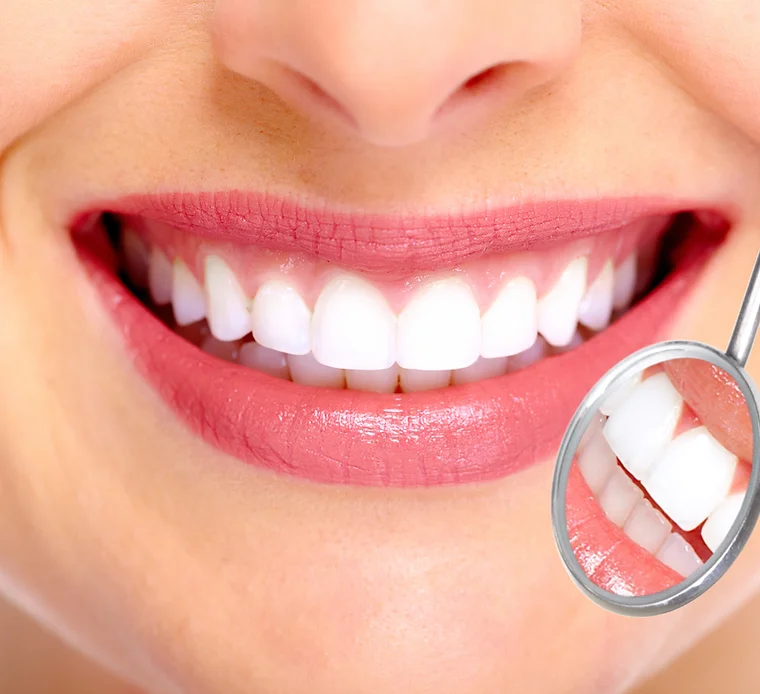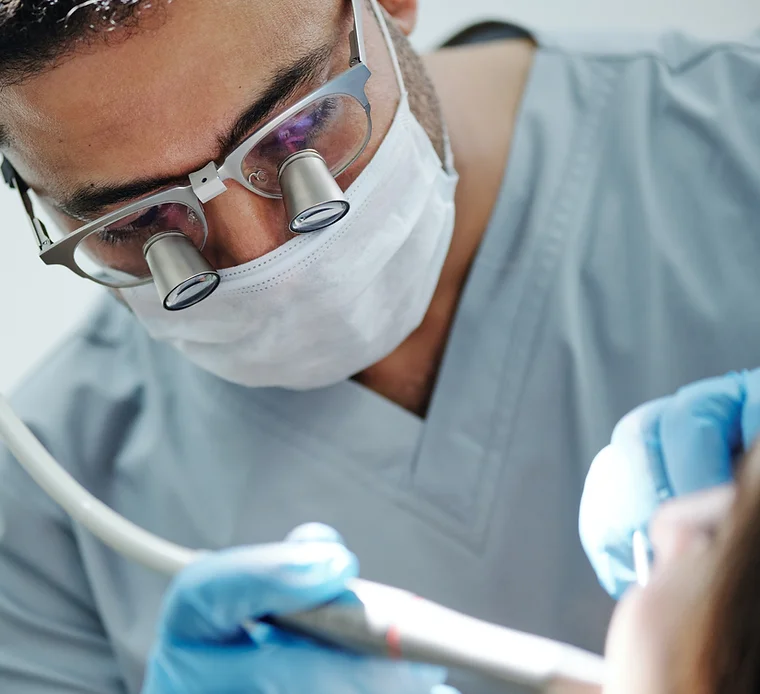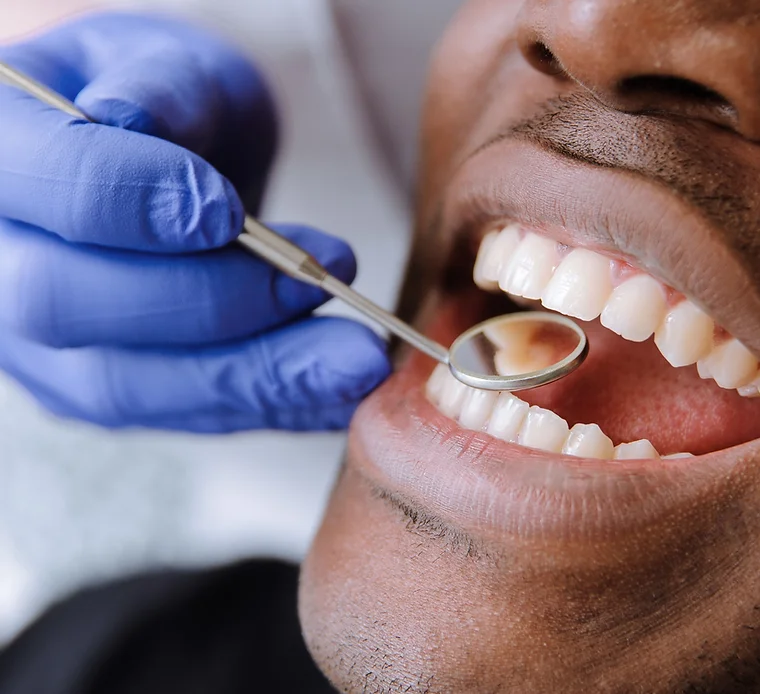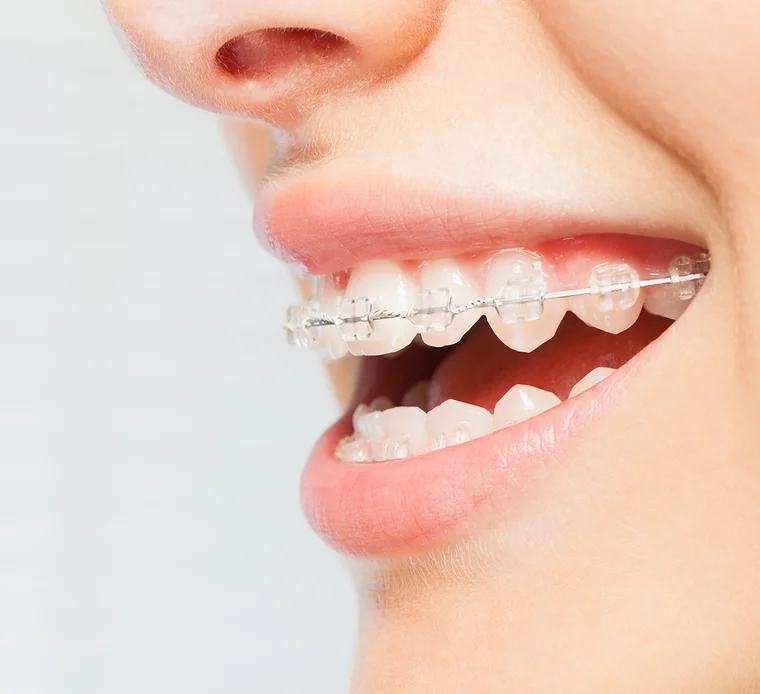Dental

Dental Cleanings
Whether it’s a general checkup, maintenance cleaning, or scaling. Plaque and tartar stand no chance against the team here at Brite Dental Spa. We’re ready to help restore your smile in our state of the art facility. Relax, your teeth are in the best hands!
ORAL SURGERY


PERIODONTICS
ORTHODONTICS


ENDODONTICS
EMERGENCY PROCEDURES


Invisalign
Invisalign is the leading brand of clear aligners that are used to straighten teeth. It is a popular alternative to traditional metal braces, as the aligners are virtually invisible and can be removed for eating, brushing, and flossing.
The process of getting Invisalign typically involves several steps. First, you will have a consultation with an orthodontist or dentist who is trained in Invisalign treatment. During this consultation, the orthodontist will evaluate your teeth and determine whether Invisalign is a good option for you.
If you decide to move forward with Invisalign treatment, the orthodontist will take digital impressions of your teeth and use them to create a 3D model of your mouth. This 3D model is used to create a series of custom aligners that will gradually shift your teeth into their desired positions.
You will wear each set of aligners for about two weeks, and then switch to the next set in the series. Over time, the aligners will gently move your teeth into their desired positions. The length of treatment varies depending on the complexity of the case, but generally takes about 12-18 months.
Throughout the course of treatment, you will have periodic check-ins with your orthodontist to ensure that your teeth are progressing as planned. Once your treatment is complete, you may need to wear a retainer to help maintain your new smile.
Invisalign can be a great option for adults and teenagers who want to straighten their teeth without the inconvenience and discomfort of traditional braces. However, it is important to discuss all of your options with a qualified orthodontist or dentist before making a decision about treatment.
Veneers
Veneers are thin, custom-made shells that are placed over the front surface of teeth to improve their appearance. They are typically made from porcelain or composite resin materials and are designed to match the color and shape of the natural teeth.
The process of getting veneers typically involves several steps. First, the dentist will prepare the surface of the teeth by removing a small amount of enamel to make room for the veneers. Next, an impression of the teeth will be taken and sent to a dental laboratory, where the veneers will be custom-made to fit the teeth precisely. In the meantime, the patient may wear temporary veneers to protect the teeth and maintain the appearance of the smile.
Once the permanent veneers are ready, the dentist will bond them to the teeth using a special adhesive. They will then use a curing light to harden the adhesive and ensure that the veneers are securely in place. The final result is a bright, beautiful smile that looks natural and healthy.
Veneers are often used to correct a range of cosmetic issues, such as discoloration, chipped or cracked teeth, uneven spacing, and misaligned teeth. They can also be used to improve the shape or size of teeth, creating a more harmonious and aesthetically pleasing smile.
Zoom Teeth Whitening
Zoom teeth whitening is a cosmetic dental procedure that uses a special light-activated gel to whiten teeth. The treatment involves applying the Zoom hydrogen peroxide whitening gel to the teeth and then using a specially designed Zoom light to activate the gel.
The Zoom light breaks down the hydrogen peroxide in the gel, which then penetrates the enamel and dentin of the teeth to break down and remove stains and discoloration. The procedure takes about an hour and can lighten teeth up to eight shades.
The treatment is typically done in a dental office and is performed by a trained dental professional. Before the procedure, the dentist will examine the patient’s teeth to ensure that they are healthy enough for the treatment.
While Zoom teeth whitening is generally safe, some patients may experience sensitivity during or after the procedure. This is usually temporary and can be managed with over-the-counter pain relievers or sensitivity toothpaste.
It’s important to note that teeth whitening treatments may not be effective for all types of stains or discoloration. Additionally, the results of teeth whitening are not permanent and may fade over time, especially if the patient continues to consume staining substances such as coffee or tobacco.
Invisalign
Invisalign is the leading brand of clear aligners that are used to straighten teeth. It is a popular alternative to traditional metal braces, as the aligners are virtually invisible and can be removed for eating, brushing, and flossing.
The process of getting Invisalign typically involves several steps. First, you will have a consultation with an orthodontist or dentist who is trained in Invisalign treatment. During this consultation, the orthodontist will evaluate your teeth and determine whether Invisalign is a good option for you.
If you decide to move forward with Invisalign treatment, the orthodontist will take digital impressions of your teeth and use them to create a 3D model of your mouth. This 3D model is used to create a series of custom aligners that will gradually shift your teeth into their desired positions.
You will wear each set of aligners for about two weeks, and then switch to the next set in the series. Over time, the aligners will gently move your teeth into their desired positions. The length of treatment varies depending on the complexity of the case, but generally takes about 12-18 months.
Throughout the course of treatment, you will have periodic check-ins with your orthodontist to ensure that your teeth are progressing as planned. Once your treatment is complete, you may need to wear a retainer to help maintain your new smile.
Invisalign can be a great option for adults and teenagers who want to straighten their teeth without the inconvenience and discomfort of traditional braces. However, it is important to discuss all of your options with a qualified orthodontist or dentist before making a decision about treatment.
Botox for TMJ
Botox is sometimes used as a treatment for temporomandibular joint (TMJ) disorders. TMJ disorders can cause pain and discomfort in the jaw joint and the muscles that control jaw movement. Botox works by temporarily paralyzing muscles, which can help to relieve muscle tension and reduce pain in the affected area. In the case of TMJ disorders, injecting Botox into the muscles that control jaw movement can help to relax these muscles and reduce pain.
However, it’s important to note that Botox is not a cure for TMJ disorders and its effects are temporary. Botox injections will need to be repeated every few months to maintain the results.
Additionally, not all cases of TMJ disorders are suitable for Botox treatment. Your doctor will need to evaluate your condition and determine if Botox is an appropriate treatment option for you. They may also recommend other treatments, such as physical therapy, medications, or oral appliances, to help manage your TMJ symptoms.
Dental Implants
Dental implants are artificial tooth roots that are surgically implanted into the jawbone to provide a stable and permanent foundation for replacement teeth or dental prostheses. They are typically made of biocompatible materials such as titanium or ceramic and are designed to fuse with the bone through a process called osseointegration.
The implant itself consists of three parts: the implant fixture, the abutment, and the dental crown. The implant fixture is the part that is surgically placed into the jawbone and serves as the artificial tooth root. The abutment is a connector that is attached to the top of the implant fixture and supports the dental crown, which is the visible part of the implant that looks and functions like a natural tooth.
Dental implants are a popular and effective solution for people who have lost one or more teeth due to injury, decay, or other reasons. They offer a more permanent and stable alternative to removable dentures or bridges, and can help to restore oral function, improve speech, and enhance the appearance of the smile. However, the procedure requires careful evaluation and planning to ensure a successful outcome, and may not be suitable for everyone depending on their overall oral health and other factors.
